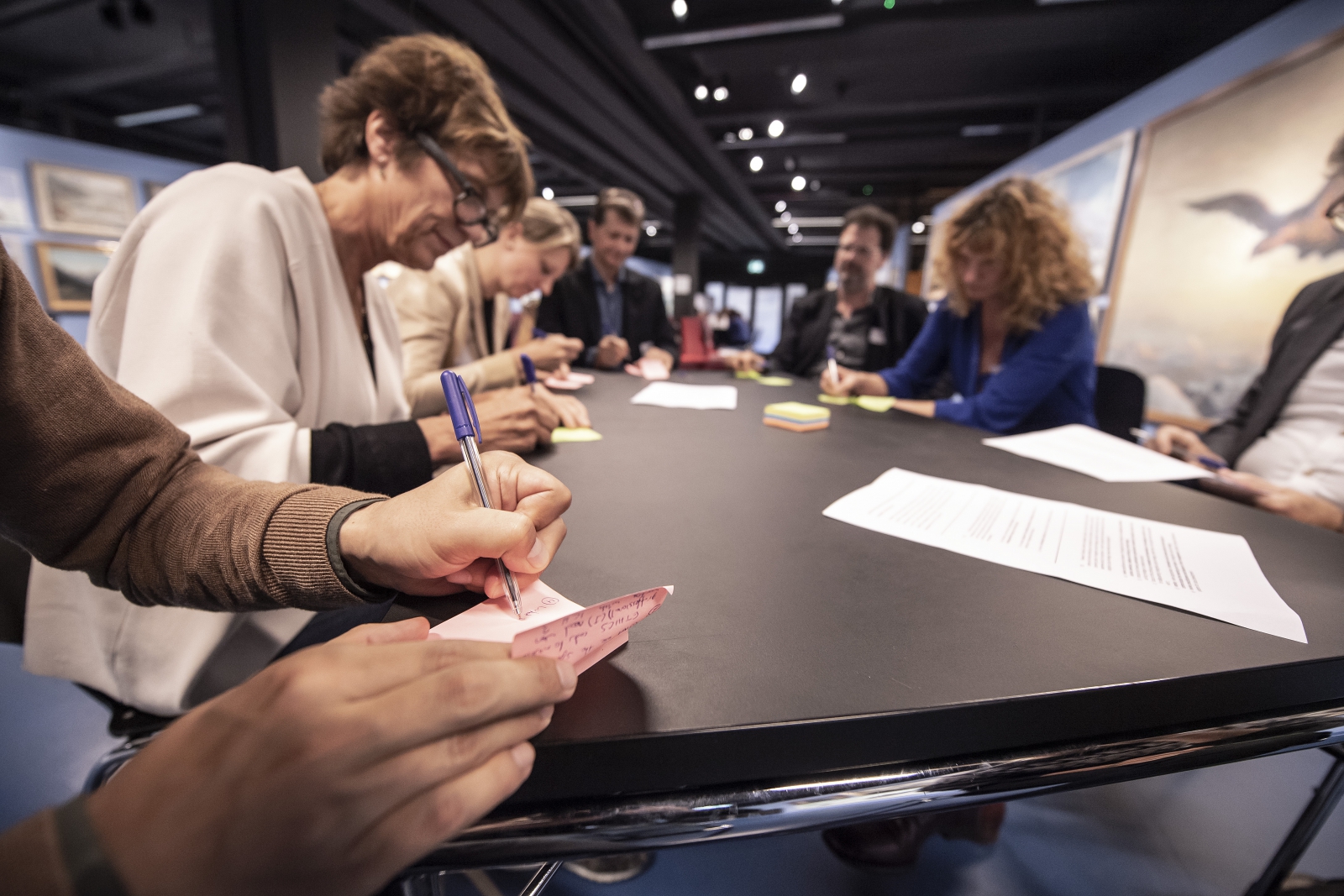Report of the Expert meeting on Intangible Cultural Heritage, Museums and Urbanised Society (26.02.2018)
Welcome
Participants to the Expert meeting on Intangible Cultural Heritage, Museums and Urbanised Society were welcomed by Stefan Koslowski (Swiss Federal Office of Culture) & Cornelia Meyer (Swiss Museums Association).
Reflections on the International conference (25.02.2018) on Intangible cultural heritage, museums and urbanised society
Ellen Hertz (Institute of ethnology, University of Neuchâtel) continued by presenting her conclusions on the previous day, reflecting on notions that came across multiple times:
- 'experience': do experts give up their expert role of do they just transform it?
- 'selfunderstanding': who has to understand what?
- 'storytelling': how do museums tell stories - and what kind of stories do they tell?
- 'paradigm shift': a shift which is necessary incomplete
- 'liquidity': shifting boundaries also require structure
- 'values': what effect do these words have? Museums can also work with spaces, objects, senses and produce less dogmatic messages
- 'direkt Erlebnis': is experience stronger when you mediate it?
- disruption-risk-emotion-workflow-people: words that have something neoliberalist and populist about them
She concluded by stating that museums are not there to help society, but that they are there to give critique on society: this is the role society has given them: they are not superior to it.
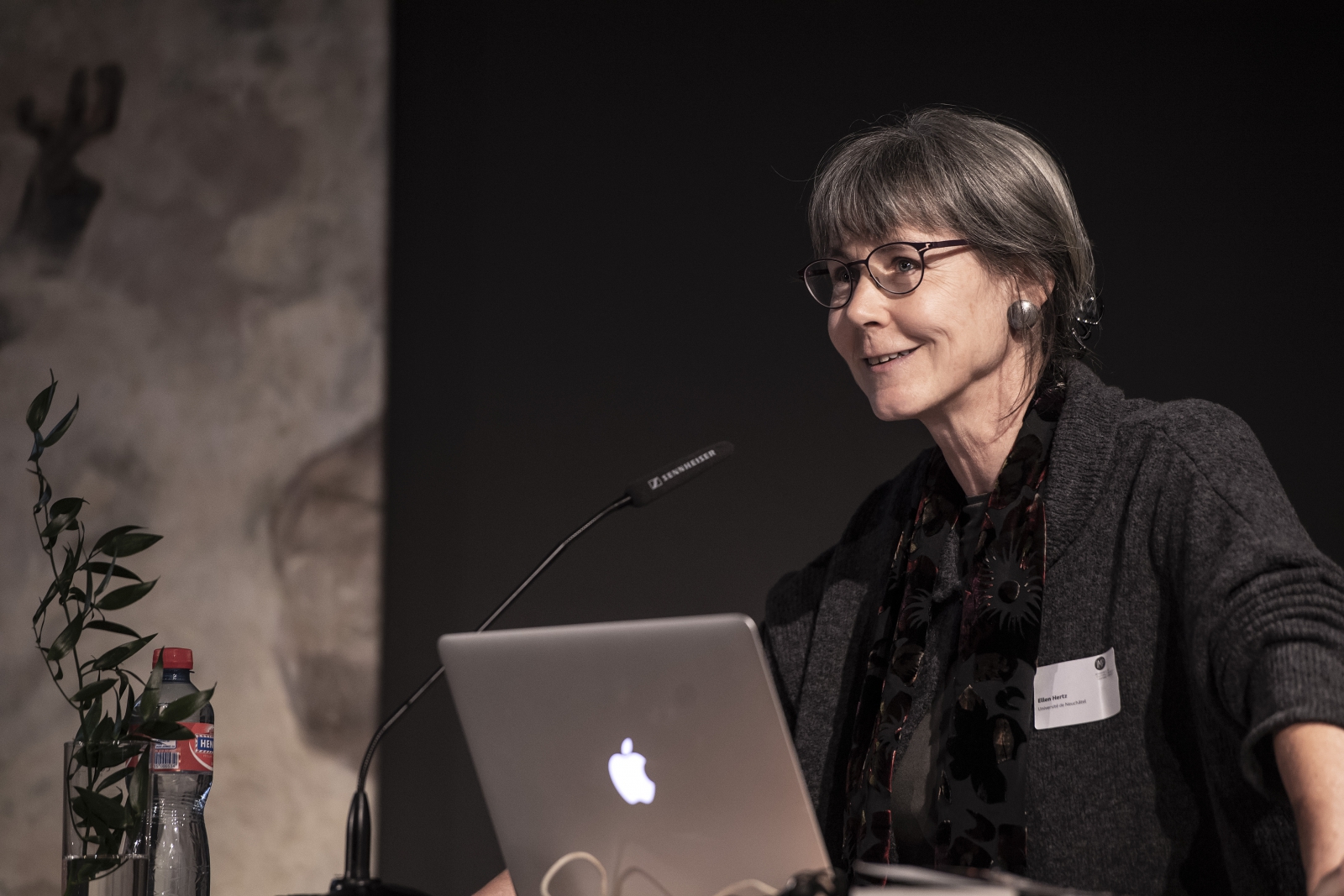
Presentation of the position paper 'Heritage and Innovation in an Urbanised Society' | abstract
Walter Leimgruber (University of Basel) presented his position paper 'Heritage and Innovation in Urbanised Society' (read full text here), which was followed by a panel discussion between Walter Leimgruber, Basil Rogger (Zürich University of the Arts) and Beatrice Tobler (Ballenberg, Swiss Open-Air Museum).
WATCH VIDEO (presentation) WATCH VIDEO (discussion)
.jpg)
Inspiring museum cases on intangible cultural heritage
What followed was a series of presentations from museums from Belgium, Italy, France, The Netherlands and Switzerland, focussed on their work related to intangible cultural heritage and urbanised society:
- Sergio Servellón, from the FeliXart Museum (BE), elaborated on this museum's project as a whole. The museum works on the legacy of artist-farmer Felix De Boeck, integrating movable (tangible ànd intangible) and immovable heritage to their scope: FeliXart and FeliXeco: an integrated heritage ensemble. SEE PTT - Watch video
- Andrea Sforzi explained the work the Maremma Natural History Museum (IT) does, in relation to intangible heritage. This museum develops several activities aimed primarily to re-engage people, composed by different communities and groups, with nature. The driving forces behind them originate from global and national concerns, such as loss of ecosystems, need for sustainable development, decline in outdoor learning, need for everyone to play a part, need for greater public awareness and engagement. In order to do so, they apply the concept of Citizen Science at the Maremma Natural History Museum SEE PTT - Watch video
- Anne-Laure Chambaz from the Ecomusée du Val-De-Bièvre (FR) elaborated on their Windows on gardens-project: Over the course of some months, the museum followed and interviewed several gardeners in the suburbs of Paris. The collected practices and knowledge serve as the scientific background for the coming exhibition in the museum. One of the planned mediation actions is the design of an experimental and collaborative garden in the museum’s courtyard, for which the involved gardeners donated plants. SEE PTT - Watch video
- Marie-Anne Guérin from the Musée Savoisien (FR) explained their approach to Food and culinary practices in Tarentaise in the context of the museum's reopening. This regional museum with archaeological, historical and ethnographic collections, commissioned a study on recent evolutions in regional food and culinary practices, in order to show that this intangible cultural heritage is subject to change and has dynamically evolved during the past years and decades. SEE PTT - Watch video
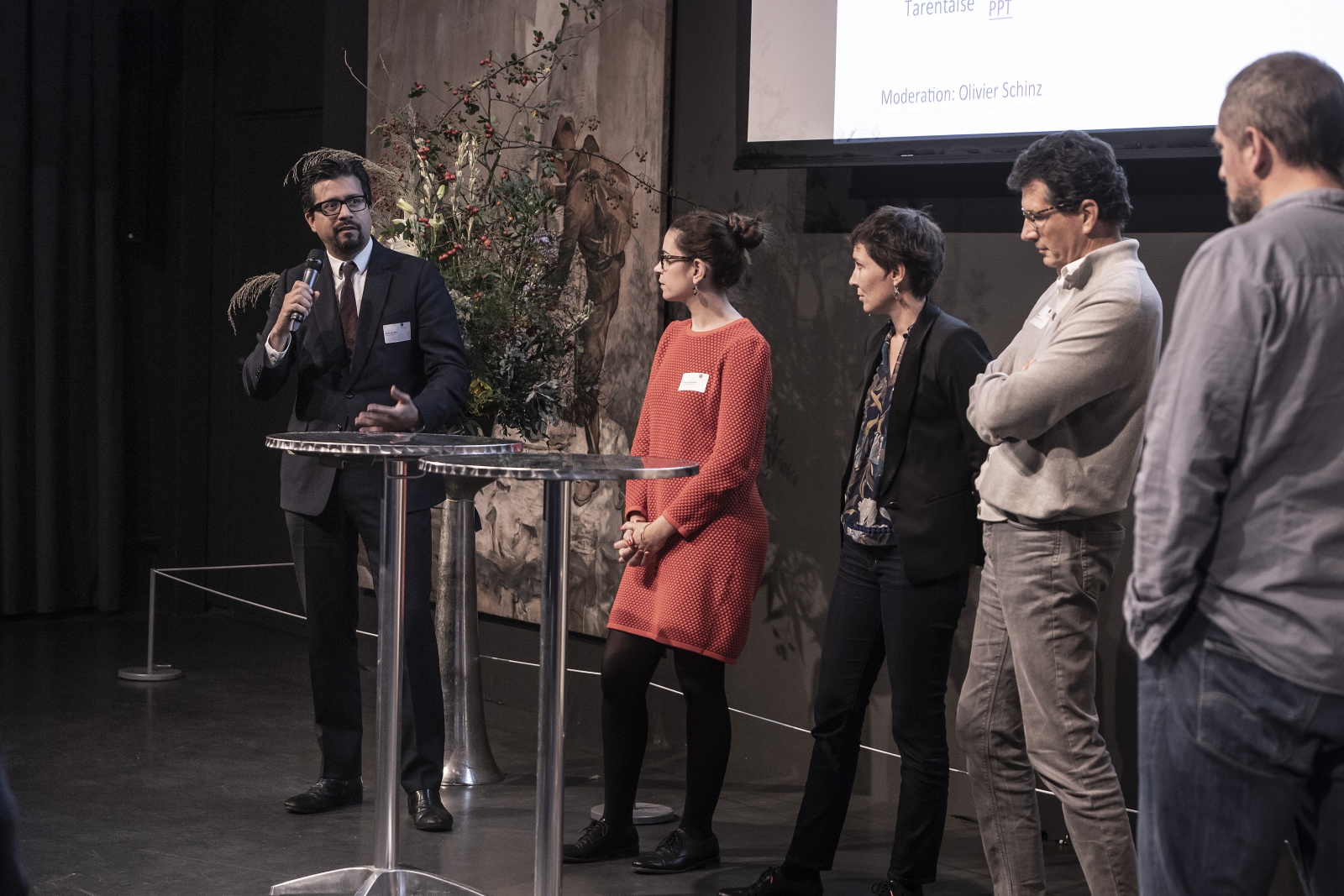
- Marlous Willemsen talked about Zwart Beraad (‘Black deliberation’): an activist movement against white politics in the Bijlmer neighbourhood of Amsterdam, where half of the inhabitants were of colour. The movement was born in 1996. Imagine IC (NL), collects memories – for example about barricade protests, actions against parking fees, the organisation of events empowering LGBTQ … – on Zwart Beraad and discusses these testimonies in the neighbourhood with current inhabitants of the Bijlmer. By negotiating about the multiple perspectives with different stakeholders, Imagine IC aims to engage in visions for the future. SEE PTT
- Claudio Gnessi from the Ecomuseo Casilino ad Duas Lauros Association (IT) elaborated on Co.Heritage - Intercultural ICH in Rome suburbs. This project is aimed at identifying the transnational intangible cultural heritage of the eastern suburbs of Rome, e.g. traditional dances from inhabitants with Italian, Bangladeshi, Peruvian and Romanian roots. The museum documented this intangible heritage, because it is a fragile and at the same time rich product of interaction and dialogue between Italian and migrant communities. The project supported the bearers of the heritage by sharing good practices of safeguarding and by encouraging the dialogue about the heritage of the suburbs concerned. SEE PTT - Watch video
- A Swiss paper cutting association wanted to organise its annual contest and exhibition in the Musée gruérien (CH), an ethnographical and historical museum in Bulle, explained Isabelle Raboud-Schüle. The museum agreed, on the condition that it would be given the opportunity to select the theme of the contest: urbanity. By doing historical research in their collection, the museum showed the competition’s participants that, in the past, a lot of dynamic ways of handling the technique of paper cutting existed (e.g. use of colour, use of both sides of the paper). The non-conventional theme and eye-opening historical research ensured that a lot of the competitors submitted innovative, non-traditional work to the contest. The expo was called 'La vie en ville / Lebendige Stadt, 9. Swiss exhibition of papercuts'. SEE PTT - Watch video
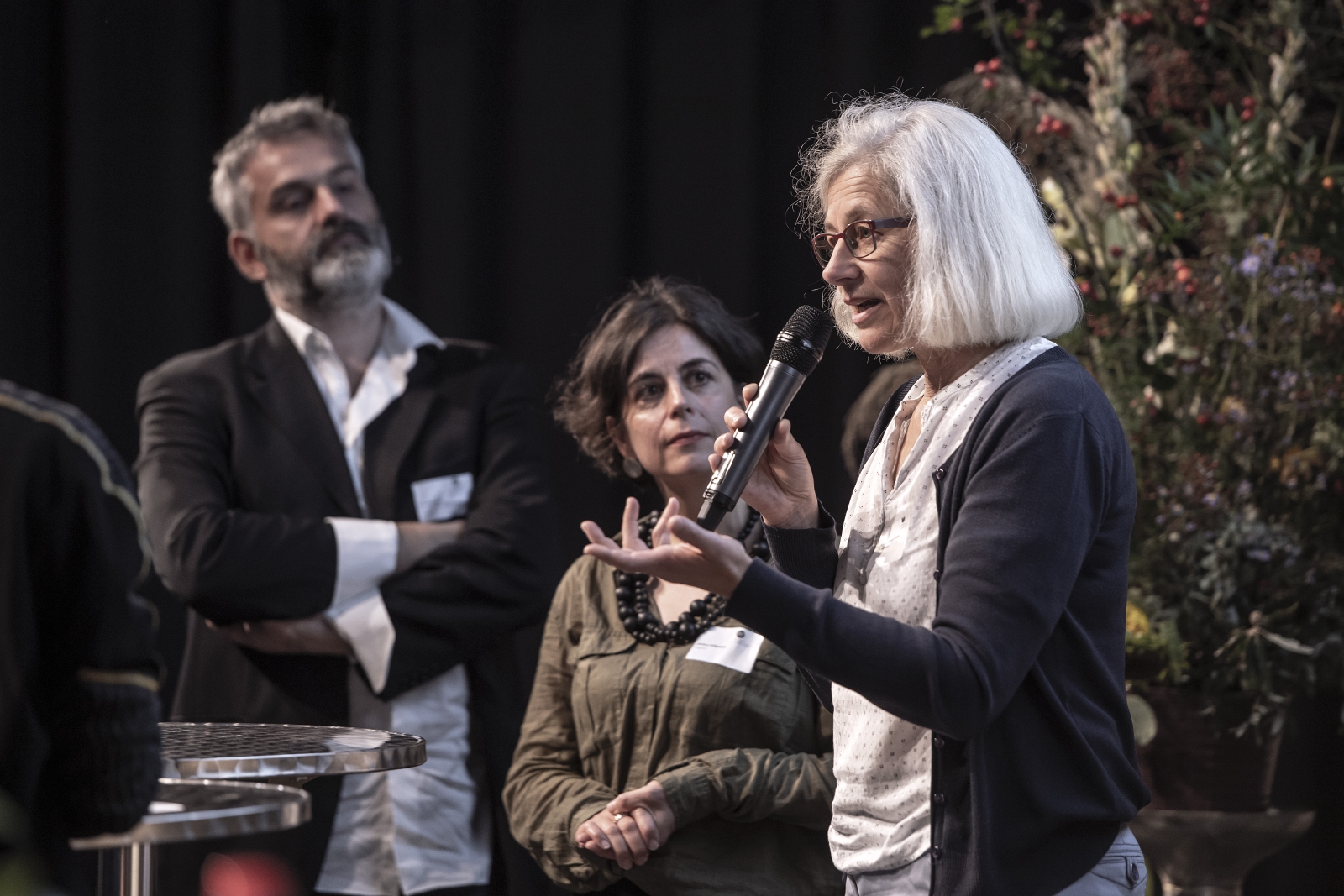
Workshop: Towards a toolkit on intangible heritage for museum professionals
During this workshop, the participants were asked to think about a framework for the IMP-toolkit: what questions exist concerning the topic of intangible cultural heritage and museums, and in what way should they best be answered: how do we structure the array of diverse needs and questions expressed in a toolkit? Using the 'ICH safeguarding measures' (cfr. the UNESCO 2003 Convention for the safeguarding of the Intangible Cultural Heritage), and the museum functions (cfr. ICOM International) as reference, people were asked to formulate questions on ICH&museums that subsequently were structured in a preliminary framework.
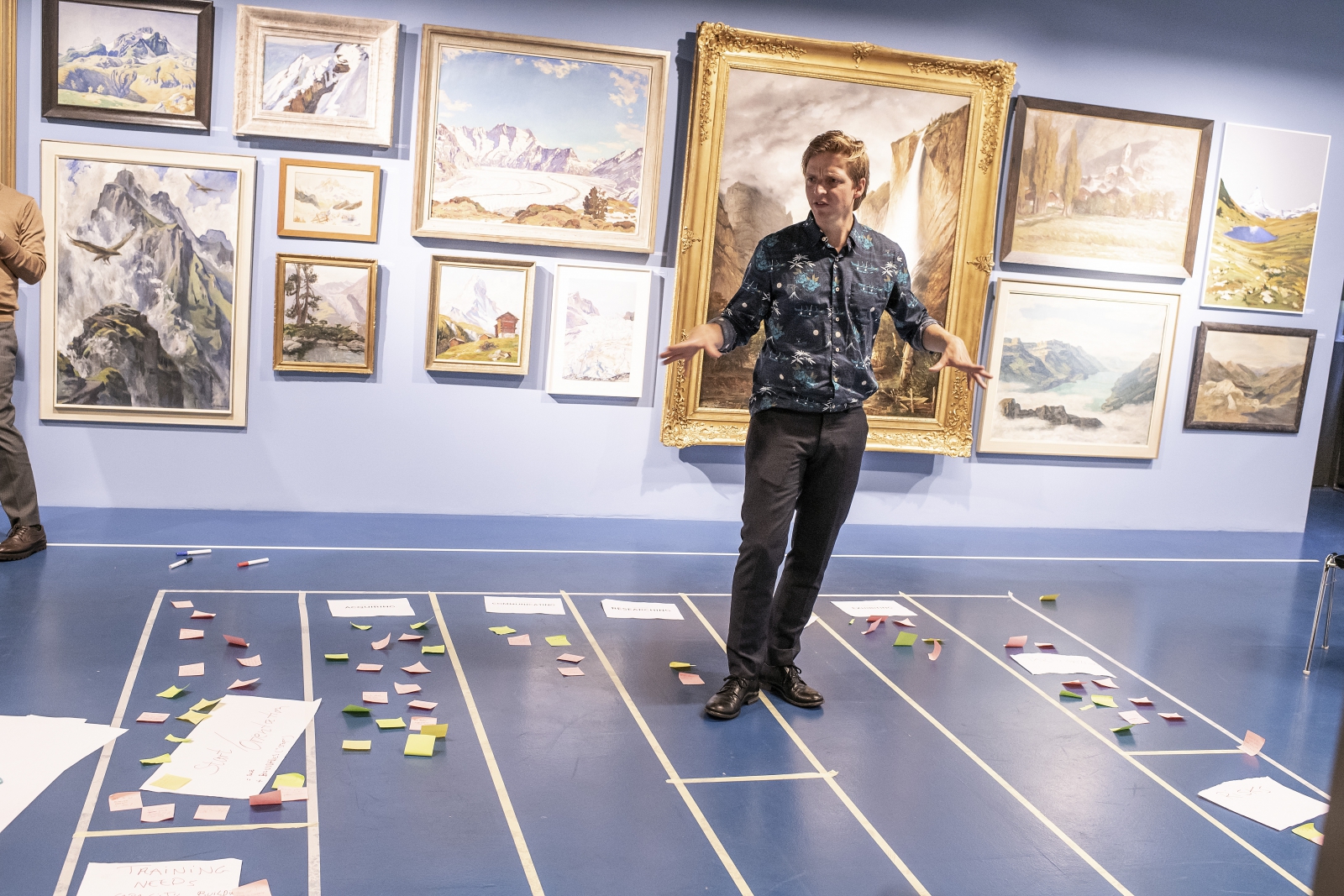
A selection from the questions gathered:
| Exhibiting |
|
| Transmission |
|
| Communication |
|
| Acquiring |
|
| Participation |
|
| Fundamental questions |
|
| Getting started with ICH |
|
| Risks |
|
The outputs from this workshop will be processed later on when realising the IMP-toolkit. Do any additional questions come to your mind? Let us know!
Concluding remarks
In his concluding remarks, Marc Jacobs (FARO. Flemish interface for cultural heritage) observed the difficulties that emerge when trying to combine different heritage paradigms. In relation to intangible cultural heritage and museums, he stressed the need to continue focussing on the aspect of safeguarding and to also put sustainable development on the agenda.
You can read the report of the International conference on ICH, Museums and Urbanised Society (25.09.2018) here.
